Summary of definition and usage of format() function
This article mainly introduces to you the basic syntax and advanced usage of str.format() in Python programming. It is very detailed and comes with examples. I hope you will like it. 1. The introduction of str.format in Python. We can use + to concatenate strings, which works well in simple cases. But when we need to perform complex string concatenation, if we still use + to complete it, it will not only make the code obscure, but also make the code difficult to maintain. At this time, this method becomes insufficient. For example, we want to print a record like this: User:John has completed Action:payment at Time:13:30:00 If we use the plus sign, it will be in the following form: print "User:" + user_name + " has completed Action :
1. Detailed explanation of the basic syntax and advanced usage of str.format()
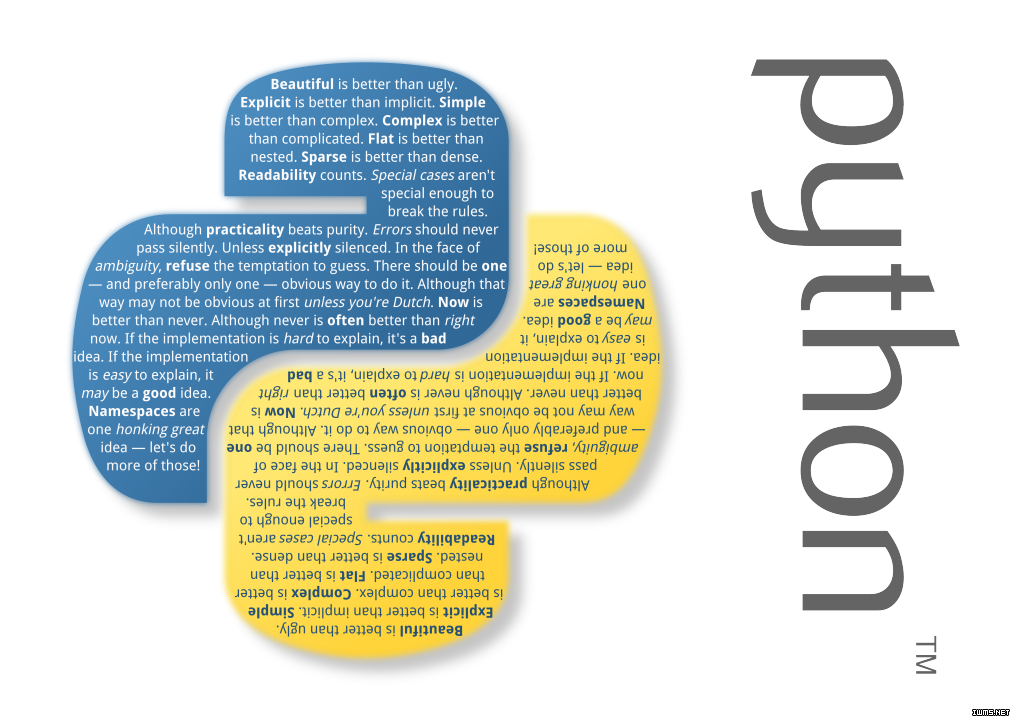
Introduction: This article mainly introduces the basic syntax and advanced usage of str.format() in python programming. It is very detailed and comes with examples. I hope you will like it
2. Detailed explanation of the format() method in Python
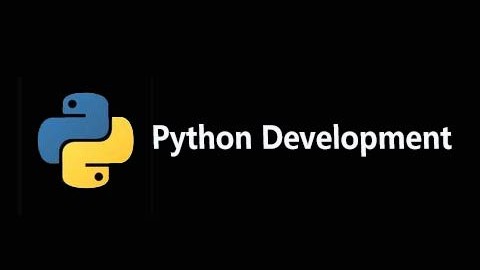
# #Introduction: This article mainly introduces the relevant information about the format() method in Python. Friends who need it can refer to
3. Formatted output in Python Usage of format() function for strings
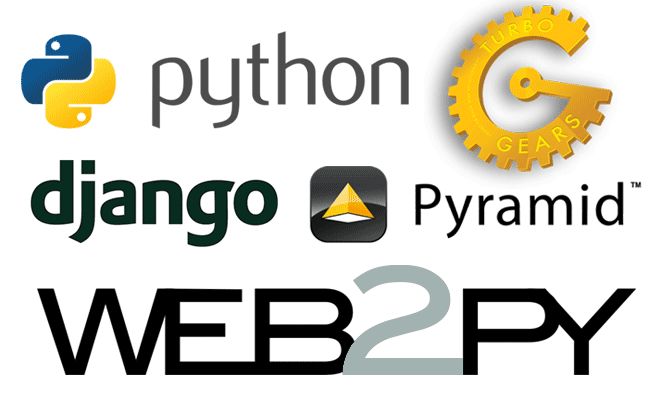
4.
Detailed explanation of str.format() in Python
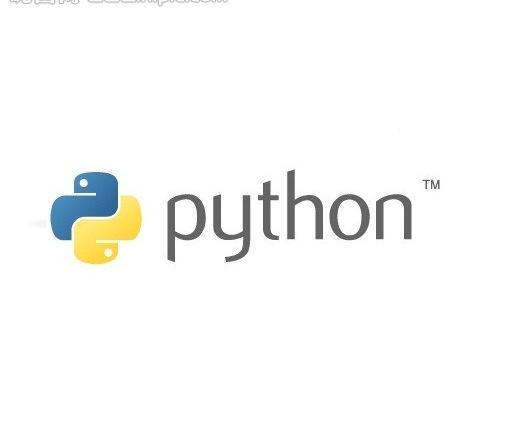 ##Introduction: This article mainly introduces to you the basic syntax and advanced usage of str.format() in python programming. It is very detailed and comes with examples. I hope you will like it
##Introduction: This article mainly introduces to you the basic syntax and advanced usage of str.format() in python programming. It is very detailed and comes with examples. I hope you will like it
##5. Java Example - Convert timestamp to time
##Introduction: The following example demonstrates how to use SimpleDateFormat The format() method of the class converts the timestamp into time: 
6. C# Basic knowledge arrangement: Basic knowledge (4) Inheritance
Introduction: The format() method of the conventional type of formatted String class is used to create formatted strings and connect multiple string objects. . Students who are familiar with C language should remember the sprintf() method of C language. There are similarities between the two. The format() method has two overloaded forms. format(String format, Object... args) New string uses the locale, specifying the string format and parameters to generate a formatted new string. format(Locale
7. PHP number_format() function
Introduction: Formatting numbers The number_format and round number_format() functions format numbers by grouping thousands. Syntax: number_format(number,decimals,decimalpoint,separator) Parameters Description number Required. The number to format. If no other parameters are set, ...
8. Python's powerful string formatting function-format
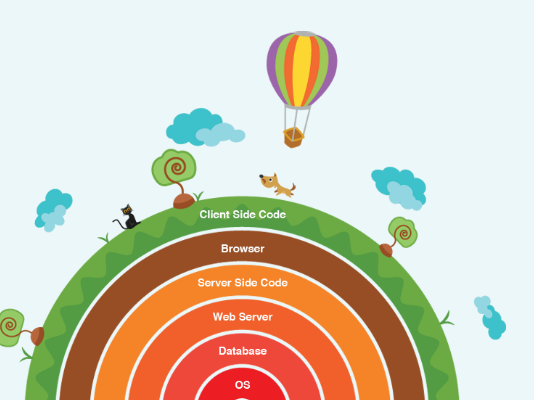
Introduction: Starting from python2 6, a new function str format() for formatting strings has been added, which is very powerful. So, what advantages does it have compared with the previous % formatted string?
9. java placeholder application

##Introduction: The format() method of the String class is used to create formatted strings and connect multiple string objects. Students who are familiar with C language should remember the sprintf() method of C language. There are similarities between the two. The format() method has two overloaded forms. format(String format, Object... args) The new string uses the local language environment, specifies the string format and parameters to generate a formatted new string.
10. Comma separated value file php processing method with comma thousands numbers
Introduction: comma separated Value file: comma-separated value file php. How to process numbers with commas: usually use number_format(); to format numbers. By default, thousands of characters are separated by commas, for example: Copy the code as follows: echo number_format( "10000.01231", 2); //Take 2 digits after the decimal point, and the output result is: 10,000.01. Thousands are separated by commas by default. It would be a bit laborious if we verify the numbers in this format obtained from the client in the background. Veteran practitioners usually use filter_input(INPUT_POST,"price
[Related Q&A recommendations]:
python - string.Template and str.format( ) Why there are
##python3.x - What should I do when str contains "{}" in the str.format() method in python? symfony - Fatal error: Call to a member function format() on a non-objectphp - date_format() accepts the same parameters as date() and returns the same value, then what is the difference between themandroid - A question about MediaRecorder.setMaxDuration()The above is the detailed content of Summary of definition and usage of format() function. For more information, please follow other related articles on the PHP Chinese website!

Hot AI Tools

Undresser.AI Undress
AI-powered app for creating realistic nude photos

AI Clothes Remover
Online AI tool for removing clothes from photos.

Undress AI Tool
Undress images for free

Clothoff.io
AI clothes remover

Video Face Swap
Swap faces in any video effortlessly with our completely free AI face swap tool!

Hot Article

Hot Tools

Notepad++7.3.1
Easy-to-use and free code editor

SublimeText3 Chinese version
Chinese version, very easy to use

Zend Studio 13.0.1
Powerful PHP integrated development environment

Dreamweaver CS6
Visual web development tools

SublimeText3 Mac version
God-level code editing software (SublimeText3)

Hot Topics
 1655
1655
 14
14
 1413
1413
 52
52
 1306
1306
 25
25
 1252
1252
 29
29
 1226
1226
 24
24
 Python vs. C : Applications and Use Cases Compared
Apr 12, 2025 am 12:01 AM
Python vs. C : Applications and Use Cases Compared
Apr 12, 2025 am 12:01 AM
Python is suitable for data science, web development and automation tasks, while C is suitable for system programming, game development and embedded systems. Python is known for its simplicity and powerful ecosystem, while C is known for its high performance and underlying control capabilities.
 Python: Games, GUIs, and More
Apr 13, 2025 am 12:14 AM
Python: Games, GUIs, and More
Apr 13, 2025 am 12:14 AM
Python excels in gaming and GUI development. 1) Game development uses Pygame, providing drawing, audio and other functions, which are suitable for creating 2D games. 2) GUI development can choose Tkinter or PyQt. Tkinter is simple and easy to use, PyQt has rich functions and is suitable for professional development.
 How Much Python Can You Learn in 2 Hours?
Apr 09, 2025 pm 04:33 PM
How Much Python Can You Learn in 2 Hours?
Apr 09, 2025 pm 04:33 PM
You can learn the basics of Python within two hours. 1. Learn variables and data types, 2. Master control structures such as if statements and loops, 3. Understand the definition and use of functions. These will help you start writing simple Python programs.
 The 2-Hour Python Plan: A Realistic Approach
Apr 11, 2025 am 12:04 AM
The 2-Hour Python Plan: A Realistic Approach
Apr 11, 2025 am 12:04 AM
You can learn basic programming concepts and skills of Python within 2 hours. 1. Learn variables and data types, 2. Master control flow (conditional statements and loops), 3. Understand the definition and use of functions, 4. Quickly get started with Python programming through simple examples and code snippets.
 Python vs. C : Learning Curves and Ease of Use
Apr 19, 2025 am 12:20 AM
Python vs. C : Learning Curves and Ease of Use
Apr 19, 2025 am 12:20 AM
Python is easier to learn and use, while C is more powerful but complex. 1. Python syntax is concise and suitable for beginners. Dynamic typing and automatic memory management make it easy to use, but may cause runtime errors. 2.C provides low-level control and advanced features, suitable for high-performance applications, but has a high learning threshold and requires manual memory and type safety management.
 Python: Exploring Its Primary Applications
Apr 10, 2025 am 09:41 AM
Python: Exploring Its Primary Applications
Apr 10, 2025 am 09:41 AM
Python is widely used in the fields of web development, data science, machine learning, automation and scripting. 1) In web development, Django and Flask frameworks simplify the development process. 2) In the fields of data science and machine learning, NumPy, Pandas, Scikit-learn and TensorFlow libraries provide strong support. 3) In terms of automation and scripting, Python is suitable for tasks such as automated testing and system management.
 Python and Time: Making the Most of Your Study Time
Apr 14, 2025 am 12:02 AM
Python and Time: Making the Most of Your Study Time
Apr 14, 2025 am 12:02 AM
To maximize the efficiency of learning Python in a limited time, you can use Python's datetime, time, and schedule modules. 1. The datetime module is used to record and plan learning time. 2. The time module helps to set study and rest time. 3. The schedule module automatically arranges weekly learning tasks.
 Python: Automation, Scripting, and Task Management
Apr 16, 2025 am 12:14 AM
Python: Automation, Scripting, and Task Management
Apr 16, 2025 am 12:14 AM
Python excels in automation, scripting, and task management. 1) Automation: File backup is realized through standard libraries such as os and shutil. 2) Script writing: Use the psutil library to monitor system resources. 3) Task management: Use the schedule library to schedule tasks. Python's ease of use and rich library support makes it the preferred tool in these areas.




